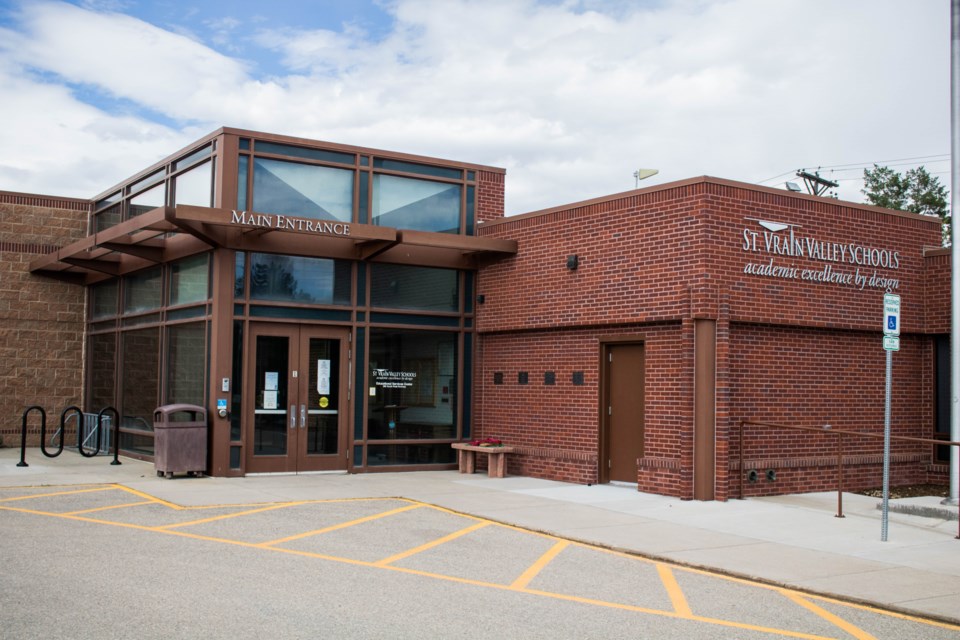Recent safety improvements funded by a state grant change the way St. Vrain Valley students, staff and the district’s security team are notified of emergencies.
The changes were highlighted during Wednesday’s school board meeting, at which the district’s annual report required by the Colorado Safe Schools Act was discussed.
The report summarizes the district’s safety and security activities from July 1, 2019, to June 30.
Richard Peebles, executive director of security and safe schools, told the board that 18 SVVSD schools now feature the InformaCast Fusion notification system, which allows the district to more effectively communicate with schools during an emergency.
Adding the system to those schools was funded by a $687,044 state School Security Disbursement grant the district received in spring 2019, Peebles said.
The grant also funded incorporation of the 911 Call Aware program, which allows district security to be alerted to emergency calls as soon as they are made.
When a 911 call is made to an emergency dispatch center, the call is traced to the school, however, if the call is terminated or no one speaks to the dispatch operator, there is no information on from where in the building the call was made. The 911 Call Aware program sends information to the district security team at the same time the 911 call is made and allows the security team to track what extension the call was made from and who is assigned to the extension. That information allows the security to team assess the emergency “sometimes even before an officer has been dispatched to come to the school. We can just more readily address any issues that arise,” Peebles said.
The district plans to incorporate the program into all schools over the next few years but doing so will require upgrades to building data infrastructure, which will take time, Peebles told the board.
Schools with the InformaCast technology also have systems that use flashing lights and scrolling message boards that feature different color combinations for specific types of emergencies, according to the security report.
The grant also allowed the district to add 105 beacon strobes in noisy areas of schools throughout the district.
“These strobes are amber and flash when the PA system is engaged for an announcement. The goal being to get students’ and staff attention in loud areas so they can hear announcements and emergency notifications,” according to the report.
Other security measures the district has taken that were not funded by the grant include upgrading, adding or replacing surveillance cameras and burglar alarms and upgrading door hardware. The district has improved more than 300 classroom doors that can now be locked from inside, Peebles said.
The district also changed its standard response protocol to eliminate confusion and add a new category. The protocol includes actions students and staff should take in response to an emergency.
In the past, there was confusion about what it meant for schools to be in lockout or lockdown. To clear that up, the district renamed “lockout” status as “secure,” but the protocol of locking exterior doors and keeping students inside remains the same.
A new “hold” category is designed to keep students out of hallways in case of a medical emergency.


